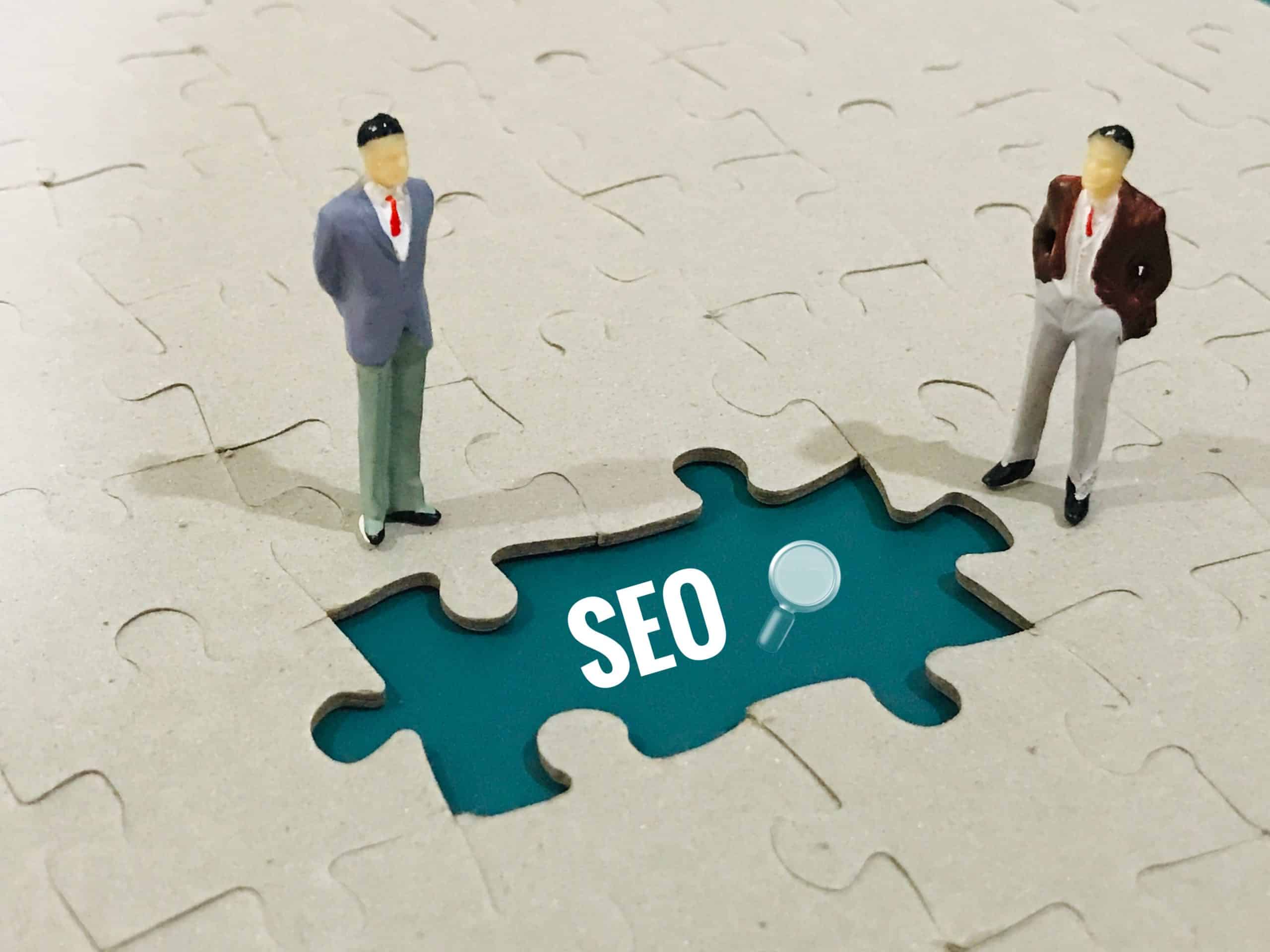Customer service is the lifeblood of any business, small or large. It is the cornerstone of building trust with customers and ensuring their loyalty. For small businesses, with limited resources, optimizing their customer service channels for efficiency is not just a good idea, it’s a necessity.
In this article, we’ll look into how small businesses can optimize their customer service channels for efficiency. We’ll explore how a well-orchestrated strategy can enable you to manage your limited resources effectively, without compromising on the quality of your customer service.
En parallèle : What Are the Effective Tactics for Small Businesses to Enhance Online Brand Visibility?
Understand Your Customer’s Needs and Preferences
Before diving into channel optimization, it’s crucial to understand your customers’ needs and preferences.
Knowing your customers, their habits, their pain points, and their preferences is fundamental for providing top-notch service. Research shows that businesses that understand their customers and their needs can provide a more personalized service experience, leading to increased customer satisfaction and loyalty.
En parallèle : What Are the Best Practices for Small Businesses to Manage and Utilize Big Data?
One way to understand your customer’s needs is through feedback. Whether it’s in the form of reviews, surveys, or social media comments, customer feedback is a goldmine of information on what your customers like and dislike. This feedback can help you identify areas that need improvement or where you’re exceeding expectations.
Understanding customer preferences is also essential. Does your customer prefer to call, email, or use social media to interact with your business? Do they prefer self-service options or a more personal touch? Knowing this information can guide your decisions on which channels to focus on and how to optimize them.
Leverage Technology
In the digital age, technology is a crucial element in any customer service strategy.
Technology can automate repetitive tasks, streamline processes, and provide valuable data on customer interactions. For small businesses, leveraging technology can significantly increase efficiency and customer satisfaction.
One example of this is customer relationship management (CRM) software. CRMs can centralize customer data, making it easier for your team to access and use. This can lead to more efficient service and a better customer experience.
Live chat and chatbots are another example. These tools can provide immediate responses to customer inquiries, freeing up customer service representatives to tackle more complex issues.
Finally, analytics tools can provide insights into customer behavior and preferences. This data can help you understand where customers are struggling and how to improve.
Train Your Team Effectively
The cornerstone of any effective customer service channel is the team behind it.
Training plays a massive role in the efficiency and success of your customer service strategy. A well-trained team can provide excellent service, resolve issues quickly, and ensure customer satisfaction.
Effective training should cover both technical and soft skills. Technical training ensures that your team understands the tools and systems they’re using, while soft skills training focuses on communication, empathy, and problem-solving.
Additionally, continuous training is a must. As your business grows and evolves, so should your team. Regular training sessions can keep your team up-to-date with the latest tools, techniques, and best practices.
Create a Multi-Channel Approach
Customers today interact with businesses through multiple channels, such as email, phone, social media, and in-person.
A multi-channel approach can provide a consistent and seamless customer experience across all these channels. This consistency can lead to increased customer satisfaction and loyalty, giving your business a competitive edge.
However, a multi-channel approach can also be a challenge. Different channels require different approaches, skills, and resources. Therefore, it’s essential to analyze your channels’ performance regularly, identify any gaps or challenges, and adjust your strategy accordingly.
Prioritize Customer Satisfaction
At the end of the day, customer service is all about the customer.
While efficiency is crucial, it should never come at the expense of customer satisfaction. After all, a satisfied customer is more likely to become a loyal customer, recommend your business to others, and contribute to your business’s growth.
Therefore, always prioritize customer satisfaction in your customer service strategy. Listen to your customers, value their feedback, and strive to exceed their expectations. By doing so, you’re not just optimizing your customer service channels for efficiency, but also for success.
Invest in Customer Self-Service
To deliver stellar customer service, businesses need to understand that customers today value autonomy. They prefer finding solutions to their problems without reaching out to customer service representatives. Hence, enabling customer self-service can significantly enhance overall efficiency.
Self-service channels like FAQ pages, knowledge bases, online forums, and interactive voice response systems can help customers get the answers they need faster. These tools give customers direct access to information, saving them time and eliminating the need to reach out to customer support for minor issues.
Moreover, self-service channels reduce the strain on your customer service representatives. By automating the response to common queries, your team can focus on complex issues that require human intervention. This not only increases efficiency but also improves job satisfaction among your staff.
However, it’s vital to ensure that your self-service channels are user-friendly and up to date. Regularly update these resources based on customer feedback and changing business needs. Also, make sure these resources are easy to find and navigate through.
Monitor and Evaluate Performance
For a small business to optimize its customer service channels for efficiency, it is important to consistently monitor and evaluate performance.
Setting key performance indicators (KPIs) can help track your customer service’s effectiveness. These can include metrics like first-call resolution, average handle time, customer satisfaction scores, and more. By tracking these KPIs, you can identify areas of strength and areas that need improvement.
Additionally, always follow up with customers after service interactions. Their feedback can provide valuable insight into how your team is performing and where there may be gaps in service. This feedback loop can help you continuously improve and adapt your services to meet changing customer expectations.
Finally, don’t forget to assess the performance of your customer service representatives. Regular reviews and feedback can help your team grow and improve, leading to better customer service and higher customer satisfaction.
Conclusion
In today’s competitive market, small businesses must optimize their customer service channels for efficiency. This involves understanding your customers’ needs and preferences, leveraging technology, training your team effectively, creating a multi-channel approach, enabling customer self-service, and continuously monitoring performance.
However, it’s crucial to remember that efficiency should never overshadow customer satisfaction. By prioritizing your customers, valuing their feedback, and striving to exceed their expectations, you can not only optimize your customer service channels for efficiency but also for success. Therefore, the key for small businesses lies in balancing efficiency with a customer-centric approach. Doing so will not only retain current customers but also attract new ones, ultimately contributing to your business’s growth.











